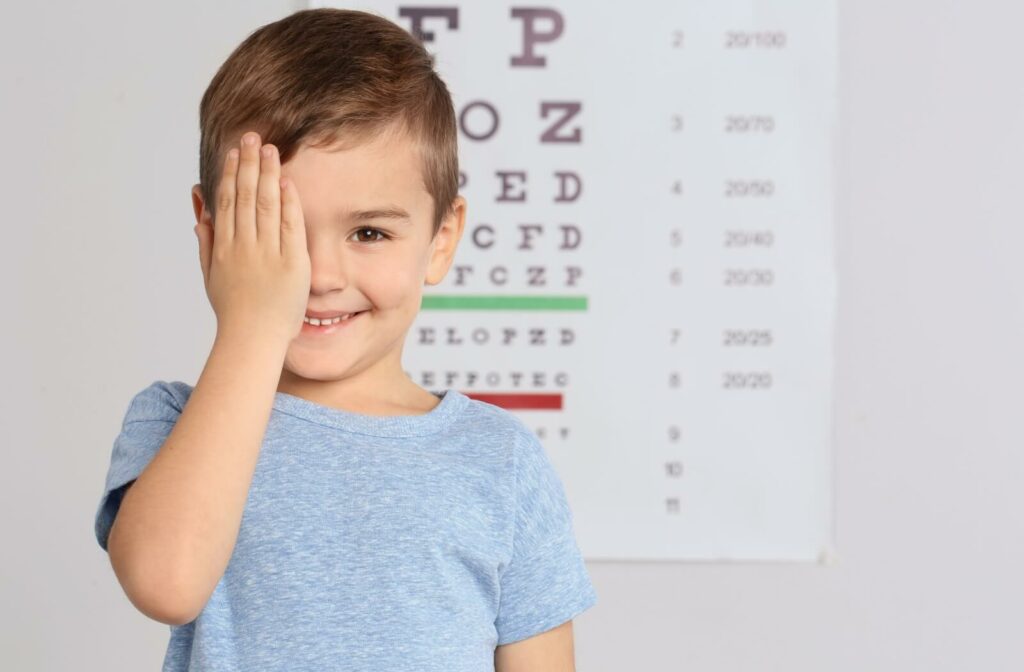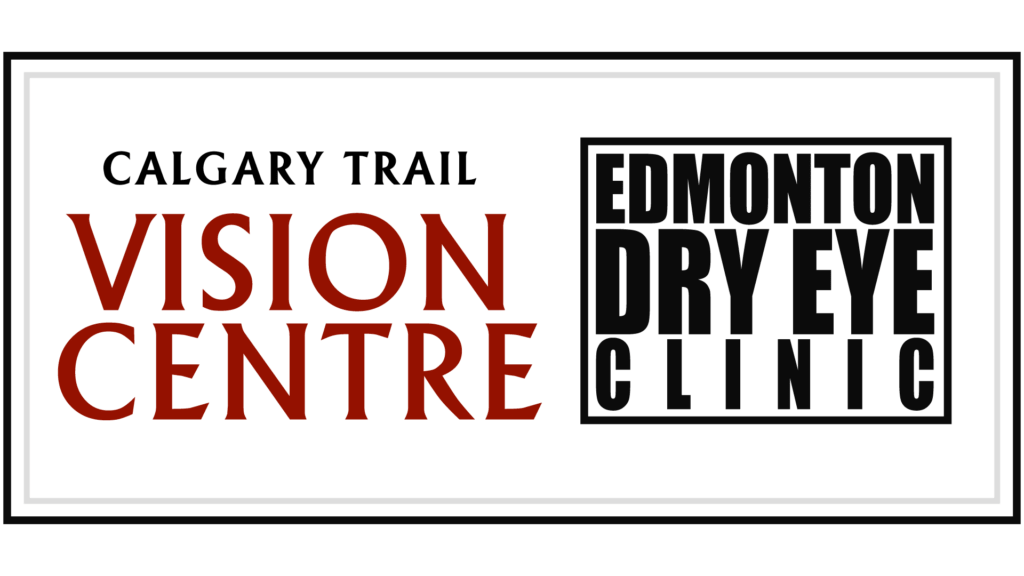Childhood is a time of significant changes, especially those that affect vision. Regular eye exams are crucial for identifying vision issues that typically first appear in these young years. One of them is myopia, an increasingly common condition that causes distant objects to appear blurry.
While myopia does eventually stabilize, it can get worse as children age. This is why early detection is essential, as it allows for more opportunities to slow its progression through myopia control.
What Is Myopia?
Myopia occurs when the eyeball is too long, or the front is too curved, changing how light passes through our eyes. In a healthy eye, light passes through the cornea, the eye’s clear front dome. The cornea focuses light rays through the lens, then onto the layer of photoreactive cells at the back called the retina. The retina then sends this data to our brain, which uses it to construct an image.
Now, imagine what would happen if light didn’t strike the retina directly. Myopia causes light rays to focus in front of the retina instead of directly on it. This results in blurry distance vision while near vision remains clear. Myopia affects day-to-day tasks and can significantly impact learning, as clear vision is crucial for reading and other visual activities in school.
As children grow, so do their eyes, meaning that if left untreated, myopia will likely worsen as they age.
Causes of Myopia
Myopia is increasingly common, affecting 30% of the population, with some estimates saying as much as 50% of the world may be myopic by 2050!
Myopia can stem from both genetic and environmental factors. If one or both parents are myopic, their children are more likely to develop the condition. Environmental factors, such as prolonged near work (e.g., reading, using digital devices) and limited time spent outdoors, could also contribute to myopia development.
Noticing Signs of Myopia in Children
Symptoms of myopia may not always be obvious, and children might not have the words to explain what they’re seeing, making regular eye check-ups crucial. Your optometrist will assess your child’s vision using various tests, such as visual acuity and refraction assessments, to accurately diagnose myopia.
That doesn’t mean there’s nothing you can do, of course. You can still be vigilant for signs that your child could be struggling with a visual impairment. Common signs in children include:
- Squinting to see distant objects
- Sitting very close to the television or holding books close to the face
- Covering one eye or tilting their head to one side
- Complaints of headaches or eye strain
- Difficulty seeing the board in school
- Frequent eye rubbing or blinking
- Losing place when reading
- Trouble remembering what they read
- Short attention span
- Double vision
It’s frustrating to focus on learning when you can’t see the board, so some symptoms could even be confused with a learning difficulty like ADHD.

What Is High Myopia?
High myopia is a severe form of myopia that can occur if we allow it to progress untreated. It’s generally described as any myopia with a prescription of -6.00 diopters (D) or greater.
High myopia is about more than just very blurry vision. Because it affects the eye’s shape, it could increase your child’s risk of serious eye problems later in life, including:
- Glaucoma
- Cataracts
- Retinal detachment
- Macular degeneration
Slowing Myopia with Myopia Control
Once the damage is done, myopia cannot be reversed, but modern techniques enhance our ability to manage and slow its progression. Each child’s situation is unique, so we carefully examine symptoms to develop a personalized plan for controlling myopia.
Multifocal Lenses
Traditional single-lens glasses or contact lenses can effectively correct myopia to improve vision but don’t slow its progression. For that, we use specially designed multifocal lenses.
Multifocal soft contact lenses use concentric rings to provide simultaneous focus and defocus areas. Shaped like a bullseye, the lens’s center offers full myopic correction, while the outer rings have a weaker prescription. This design focuses peripheral light in front of the retina, triggering a natural mechanism that signals the brain to halt eye growth, potentially by up to 43%. Multifocal eyeglasses can work much the same way.
Ortho-K Contact Lenses
Orthokeratology (Ortho-k) is another type of contact lens that has shown promise for controlling myopia. These specially designed lenses are worn overnight to temporarily reshape the cornea and slow myopia’s progression.
Low-Dose Atropine Drops
Atropine is used to dilate the pupil during some eye exams. However, some research suggests low-dose atropine, typically around 0.01% concentration, may slow myopia progression in children, making it a valuable treatment option for children unable to follow the other contact lens-based methods.
However, atropine alone does not correct vision, so it is best used with other corrective methods, such as glasses or contact lenses.
Protecting Your Child’s Vision Today
While myopia can worsen with age, early intervention with myopia control strategies can slow its progression, reducing the risk of future complications.
If you suspect your child may be developing myopia or if you have concerns about their vision, don’t hesitate to contact us at Calgary Trail Vision Centre. Our team of experienced optometrists is here to provide comprehensive eye care and effective myopia control treatments tailored to your child’s needs.
Book your appointment today and take the first step towards supporting your child’s visual health far into the future!


